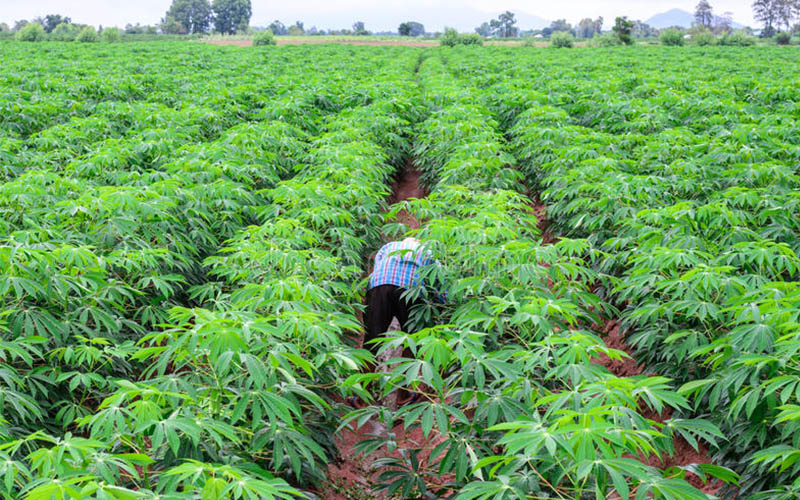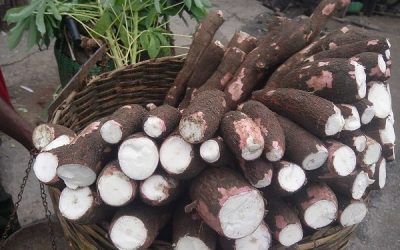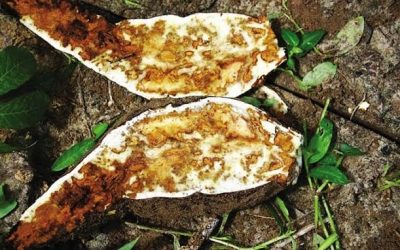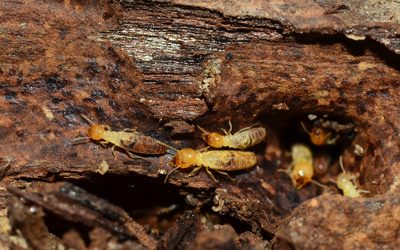
Weeding is one of the most important aspects of farming. If you neglect to weed, your crop yields will suffer.
Weeding is a nuisance, but it’s absolutely necessary. There are three ways to tackle this task.
Small weeds
Weeds must be destroyed as they emerge – and certainly before they’re 2cm high. This prevents them from re-seeding themselves. It’s also easier and quicker to deal with weeds when they’re small. It will take you only seven days to weed 1ha (with a hoe) if the weeds are only 2cm tall. However, the job will take you twice as long if they are 30cm tall.
What’s more, the weeds will already have robbed your crop of valuable moisture and nutrients. Lands should be hoed every 10 days. Delay too long, and you’ll struggle to keep weeds from affecting your yield. If you prepare your land carefully and space your crops correctly, you will obtain even growth and a solid crop canopy, which will help to prevent weeds springing up.
Late weed control
Normally, farmers deal with weeds until the cassava has established, then they stop weeding. This is the wrong approach. The leaves of the crop shrivel up and die, the sunlight reaches the ground, and the weeds start growing again. The result is a mass of weeds that seed themselves – and this means another huge crop of weeds the following season.
A land full of weeds at the start of the next season is discouraging – which is why most farmers either burn the weeds or plough them in. Both methods are wrong: burning destroys valuable mulch, while ploughing simply means that the weeds’ seeds are sown in time for the new season! And so the cycle continues.


